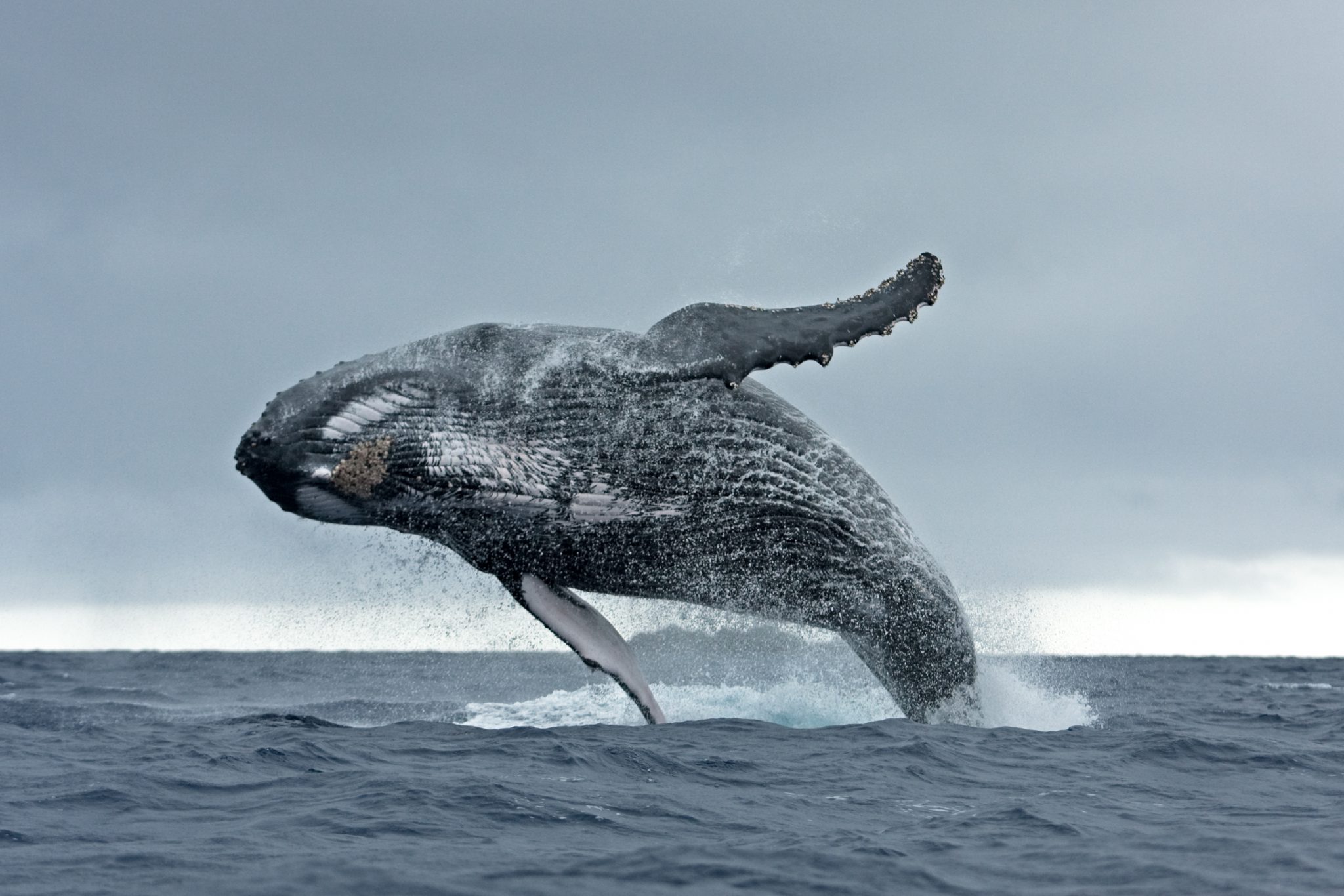Geography
- Japan is a chain of islands located in the Pacific Ocean between the Sea of Okhotsk, the Sea of Japan and the Philippine Sea.
- Neighbouring countries are Korea, Russia and China. However it has no land borders.
- It consists of several thousand Islands of which Honshu, Hokkaido, Kyushu and Shikoku are the four largest. The northernmost islands are on similar latitude to Milan or Portland. The southernmost island is on a similar latitude to the Bahamas.
- The area covers 377,915 km2 and is comparable to Germany or California.
- 73 % of the country is mountainous. 68.55% is covered by forest as the mountains are heavily forested.
- Several continental plates meet in the region and many earthquakes have hit the country. For the same reason, there are many volcanoes and hot springs. The most famous volcano and highest mountain is Mt. Fuji (3,776m).
- The biggest lake is Lake Biwa and the longest river is Shinanogawa.
- As Japan has a large North-South extension, the climate varies strongly in different regions. Tokyo has a subtropical temperature with four seasons. Typhoons hit parts of the country every year.
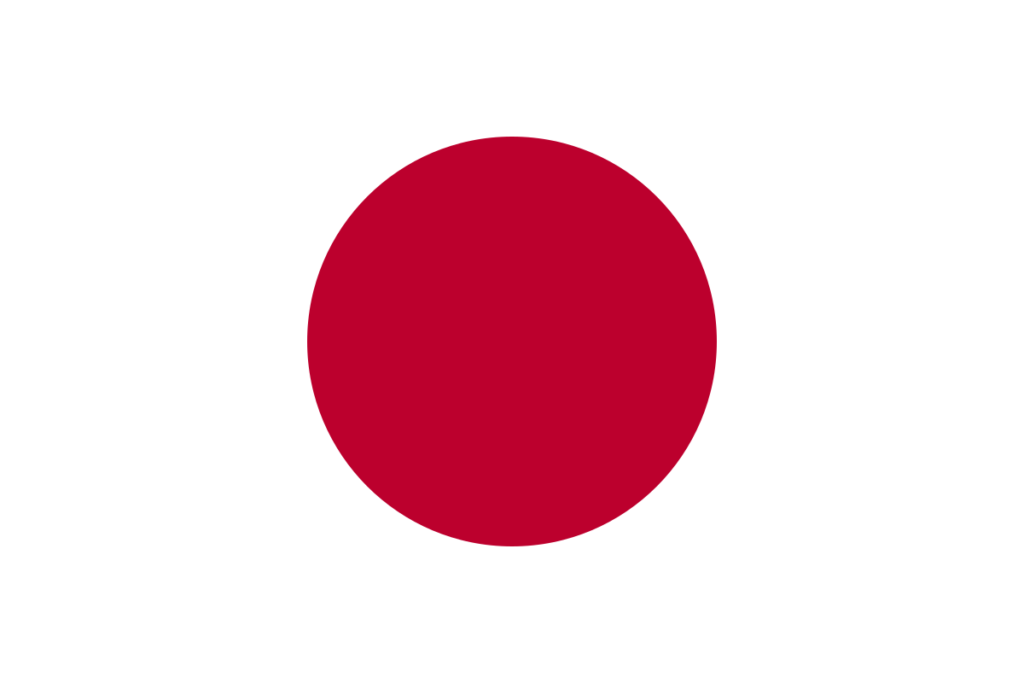
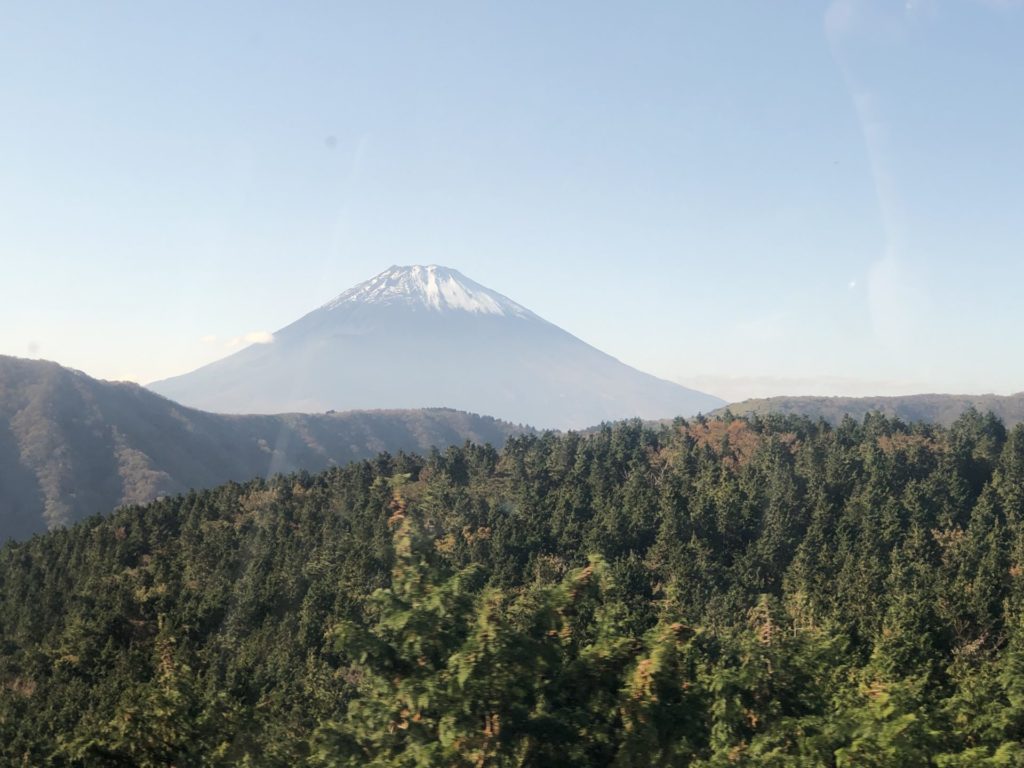
Population
- A population of 126,7 million (May 2017) including 2 million foreign residents.
- The population density is 335 people per square kilometre.
- Tokyo, the capital, inhabits 9,3 million (2015) followed by Yokohama (3.7 million), and Osaka (2.7 million).
- The urban population was 91.5 % in 2017, growing at an annual rate of 0.54%. In 1968 urban population was 70.3 %.
Politics
- Japan is a unitary parliamentary constitutional monarchy.
- The constitution defines the Emperor to be the “symbol of the State and of the unity of the people”. The emperor performs ceremonial duties and holds no real power.
- The current Emperor Akihito will abdicate on April 30, 2019, to be replaced by his eldest son; Crown Prince Naruhito.
- With a new emperor comes a new time era calendar scheme, the 248th in Japan’s history. Reiwa will replace Heisei.
- The Liberal Democratic Party (LDP) is in power with Shinzo Abe being the Prime Minister since 2012.
Religion
- Shinto and Buddhism are Japan’s two major religions.
- Less than 40% of the population identifies with organized religion and of that 35 % are Buddhists.
- Most Japanese, however, practice Shinto and pray and worship ancestors and gods but are not part of the organized Shinto religion. Shinto has 100,000 shrines and 79,000 priests in Japan.
- Many new religions such as Tenrikyo and Onkokyo derives from Shinto.
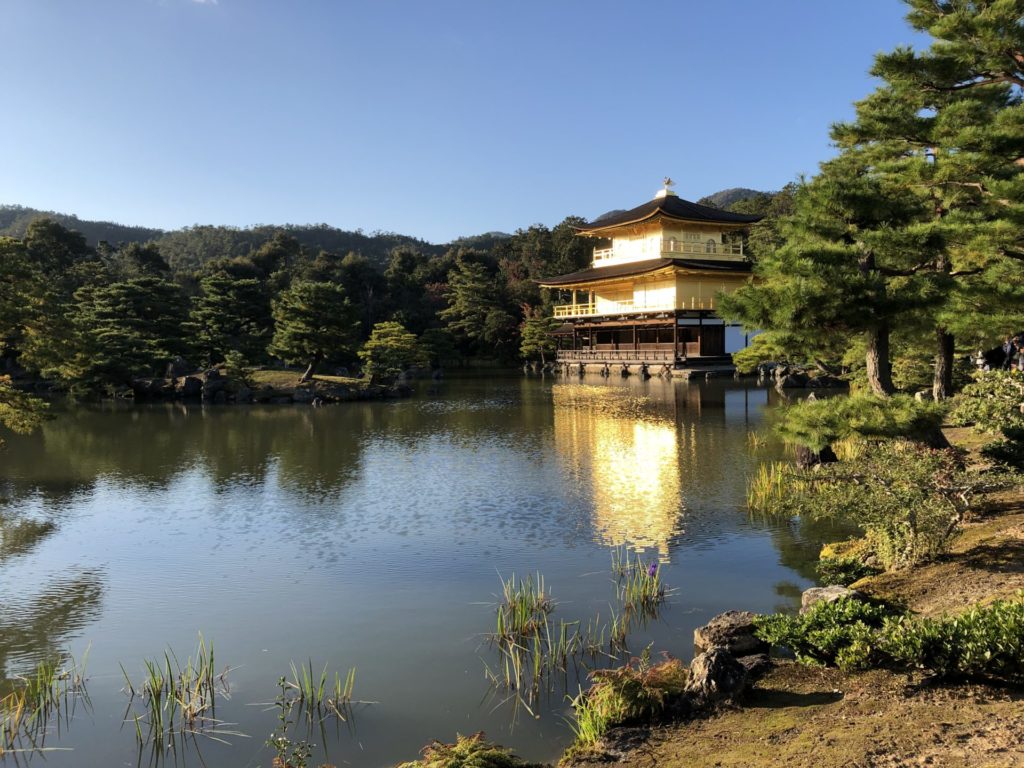
Language
- Japanese, the national language, is spoken by 128 million people.
- It is debated if it is related to Korean. In fact, the roots of Japanese are unclear.
- The dialect spoken in Tokyo is considered standard Japanese.
- Ryukyuan is spoken in Okinawa and a few other areas.
- Japanese has no genetic relationship with Chinese but uses Chinese characters (kanji) extensively .
- Japanese children learn English for six years (starting the first year of Junior High School) but this education is mainly focused on passing university exams. Therefore, many Japanese students are unable to communicate in even basic English.
Education
- Education on elementary and lower secondary levels is compulsory. Most attend public schools but private schooling is increasingly popular.
- Quality of Japanese schools ranks high among OECD although spending on education as a proportion of GDP is below the OECD average.
- 75.9 % attend higher education (university, college etc.)
International relations
- Japan is member of the UN since 1956.
- The United States considers Japan to be one of its closest allies and they have a mutual defence treaty.
- During the final stage of WW II, the United States dropped two nuclear weapons over the Japanese cities Hiroshima and Nagasaki. The justification of the bombings is still debatable.
Economy
- Currency: Japanese Yen
- GDP = $ 4,872 trillion (2017).
- Japan is the world’s third-largest economy, a major economic power and part of G7.
- It is the third largest automobile manufacturer in the world.
- The country relies heavily on the import of food and has a self-sufficiency rate of 39%. In fact, Japan is the world’s largest single national importer of fish and fishery products.
- For political reasons, forest resources have not been exploited for economic gain.
- Petroleum and important minerals for the industry are imported.
- Japanese export goods are engineering, and research and development oriented.
- The economy faces challenges due to declining population. These challenges first became evident in 2015.
- Japan faced 20 years of low growth rates after the Tokyo Stock Exchange crash of 1990-1992.
Food culture
- Japan holds the second highest food consumption in Asia; 23 % compared to China’s 38%.
- Top agricultural imports are pork, beef, poultry, processed vegetables and corn.
- 32 % is spent on grains and 5 % on meat.
- Plastic packaging (!) for food protection is a $ 90 million business.
- Japan faced a lot of criticism when they left the International Whaling Commission and resumed commercial whaling.
- Japan traditionally does not consider whales to be endangered and also believe that the consumption of whale meat as a protein supplement is more environmentally responsible than consumption of livestock due to greenhouse gases and environment destruction.
- In Taiji, a small whaling town, dolphin hunting takes place on a large scale, mostly for meat but also for dolphinariums. The film The Cove (2009) sheds light on this.


A mixture of cabbage, flour, eggs, noodles and toppings of one’s choice, an Okonomiyaki
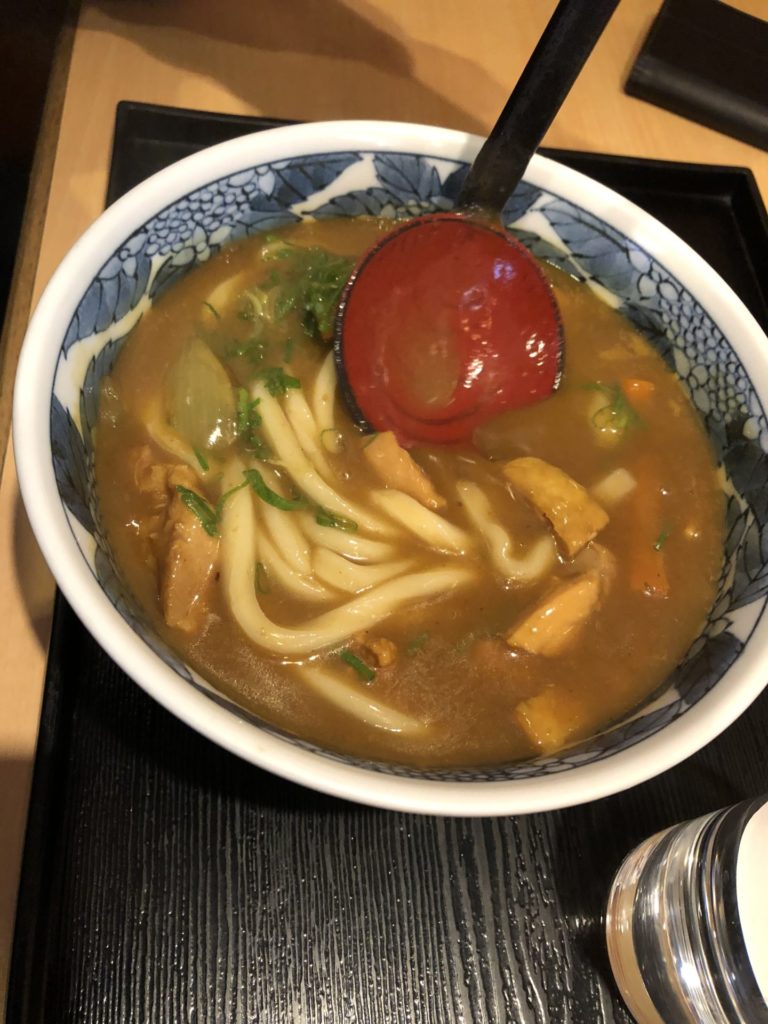

Takoyaki, also known as ‘octopus balls’ or ‘octopus dumplings’, this delicacy is cooked using a special hot plate with rows of half-spherical moulds.
Tourism
- The Japanese people enjoy tourism from an early age and are well travelled. One reason being that they are no longer restricted from traveling outside their own province since the Meiji Restoration (political revolution in 1868).
- 31,2 million international tourists visited Japan in 2018 viewing among other things the 21 World Heritage Sites. Most popular destinations are Tokyo, Hiroshima, Mount Fuji, and ski resorts.
- Most tourists are from China, followed by South Korea, Taiwan, Hong Kong and the United States.
- The Japanese government hopes to see 40 million tourists annually by 2020.
- After the Fukushima nuclear reactor melt down in 2011, the number of tourists decreased by 25 % in 2012. 10,000 free round trip tickets to Japan were given to encourage visitors to come.
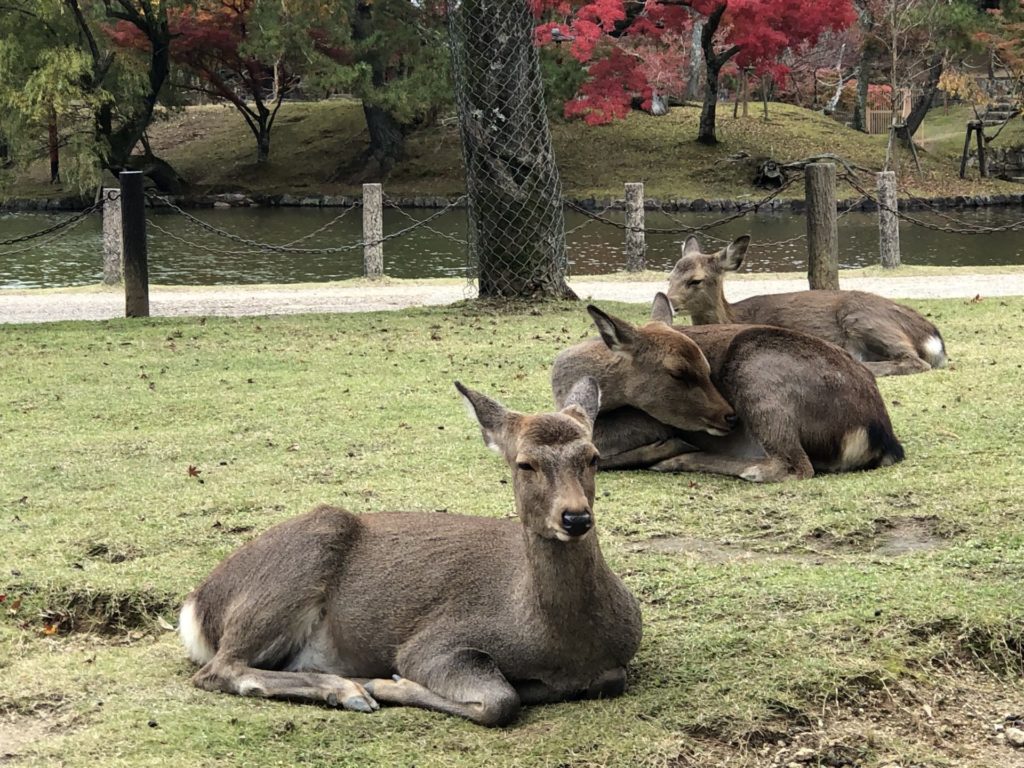
Flora
- Japan has a large collection of plants species such as sakura, katsura, momiji and azalea. Many species are endemic to Japan.
- Japan lies at the convergence of three terrestrial realms, the Palearctic, Indomalaya, and Oceania, and its flora and fauna combine elements from all three.
- Between 4,000 and 6,000 species of plants occur naturally in Japan.
- Vegetation is subtropical forest in the south and coniferous forest in the north.
- Several Natural Habitation Conservation Areas have been designed by the Ministry of the Protection of the Environment. Other types of protected areas exist as well.
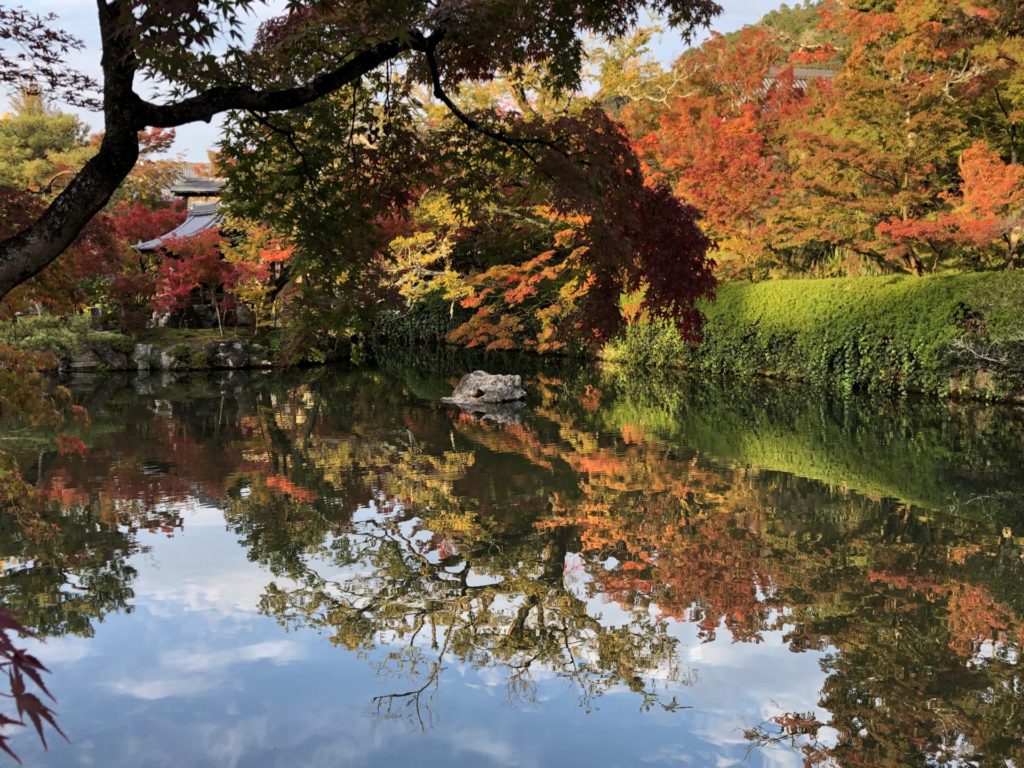
Fauna
- Around 130 species of land mammals exist in Japan. The largest are the Ussuri brown bear and the Asian black bear.
- Other wild animals include red fox, racoon dog, Japanese marten, wild cats, deer, serow and wild boar. The most famous mammal is the Japanese macaque, the world’s most northerly monkey.
- Over 600 species of bird have been recorded. Some are endemic including the Japanese woodpecker and copper pheasant (Japan’s national bird)
- Japan has about 73 species of reptiles including sea turtles and sea snakes. There are 40 types of amphibians, including the giant salamander.
- Over 3,000 different types of fish have been recorded
- Measures have been taken to protect certain endangered species.
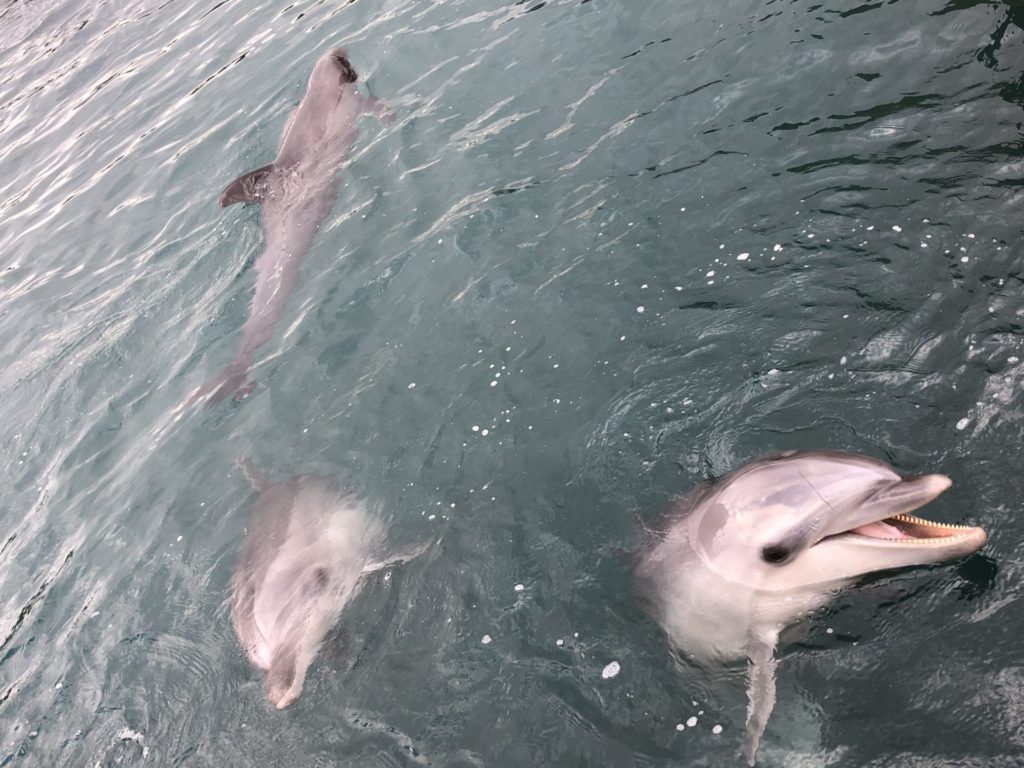
Sources:
- United States Foreign Agricultural Service
- Wikipedia
- Alliance Sector: Japan food and beverage sector.
- Ministry of Environment Governement of Japan
- Wanderwisdom facts about tourism in Japan
- Env.gov.jp The wildlife in Japan

